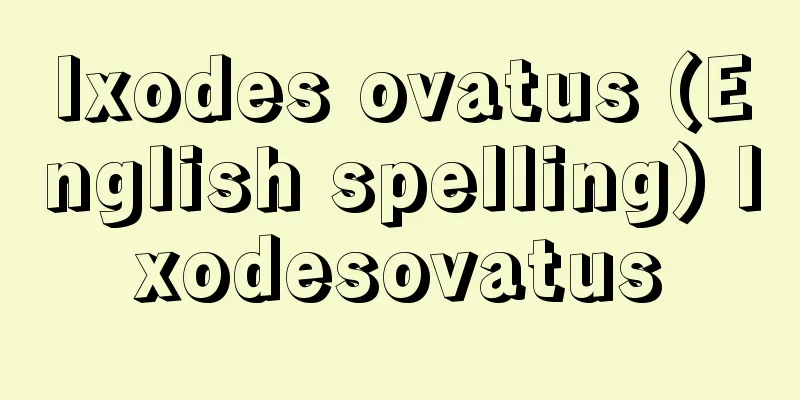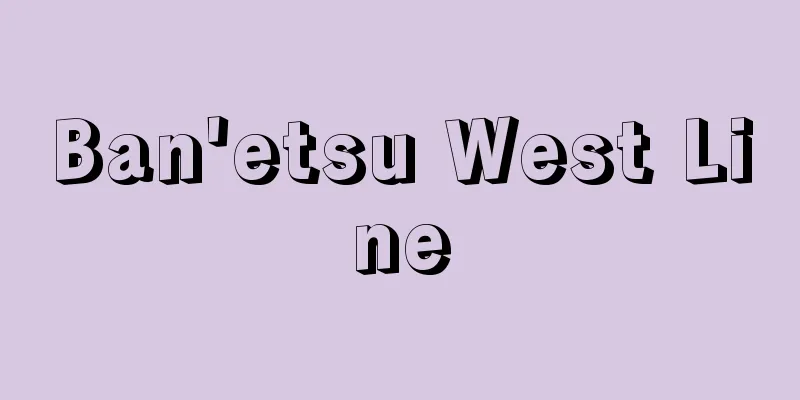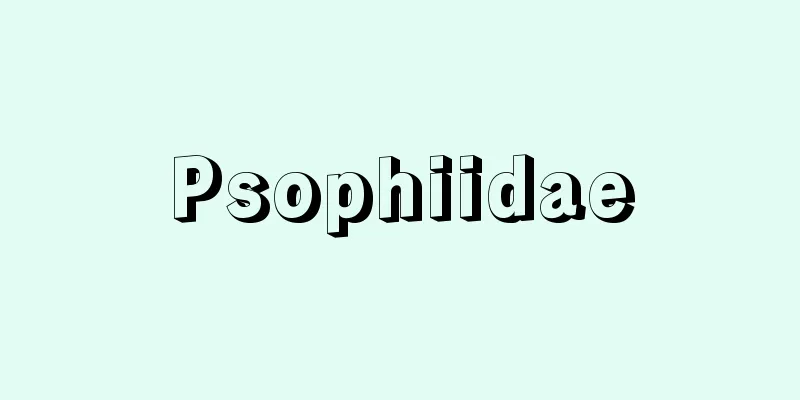Non-tariff barriers

|
Non-tariff barriers are direct or indirect selective restrictions imposed by governments other than tariffs to discriminate between goods traded domestically and goods traded with foreign countries. They are abbreviated as NTBs. Non-tariff barriers are problematic in international agreements because they hinder the proper allocation of world resources through trade and reduce the economic welfare of each country. In that sense, trade restrictions that do not impair the proper allocation of resources between countries are sometimes considered to not be non-tariff barriers, even if they are selective restrictions. Also, because they discriminate between goods traded with foreign countries and goods traded domestically, government regulations that distort the proper allocation of resources are not non-tariff barriers if they have an indiscriminate effect on all trade. There are various types of non-tariff barriers, and by 1975, the number of non-tariff barriers reported to GATT (General Agreement on Tariffs and Trade, the predecessor of the World Trade Organization (WTO)) had exceeded 800, which GATT classified into the following categories: government administrative intervention, customs and administrative procedures, various standards, import and export restrictions, and import surcharges. Non-tariff barriers can also be classified into (1) direct import non-tariff barriers, (2) direct export non-tariff barriers, and (3) indirect non-tariff barriers. (1) refers to restrictions imposed by governments to restrict imports, and examples of these include import quotas, import surcharges, import deposits, import licenses, state trade, and discriminatory trade financing systems. Import quotas in particular have been used frequently because their effects are direct and certain. (2) includes export subsidies, preferential export financing measures, and preferential export tax systems, which are aimed at promoting exports, and therefore would be better described as trade distortions brought about by policy measures other than tariffs, rather than as non-tariff barriers. (3) is not a policy measure originally taken with the purpose of restricting trade, but is a measure taken for a different purpose that has a derivative or indirect effect on trade. Examples of such measures include domestic consumption tax, government procurement, customs valuation, industrial standards, safety standards, the Food Sanitation Act, the Measurement Act, and administrative guidance. As a means of regulating trade, tariffs are easy to negotiate internationally because their level can be objectively grasped, and a considerable reduction was achieved in the tariff negotiations of the Kennedy Round, but non-tariff barriers were difficult to grasp, and their reduction or abolition was delayed, and negotiations on them became an important issue in the multilateral trade negotiations of the Tokyo Round. As a result of the negotiations, the following agreements were created: the Agreement on Subsidies and Countervailing Measures, which specifies rational international rules on subsidies and the detailed conditions for triggering countervailing duties; the Agreement on Standards, which stipulates the disclosure of standards and certification systems and their opening to foreign suppliers; the Agreement on Government Procurement, which determined the international opening of government procurement; the Agreement on Customs Valuation, which stipulates the clarification and unification of customs valuation methods; the Agreement on Import Licensing, which stipulates the openness and simplification of import procedures; the Agreement on Civil Aircraft, which stipulates non-intervention by the government in the purchase of civil aircraft and parts; and the Agreement on Anti-Dumping, which clarifies the conditions and procedures for triggering anti-dumping duties. Thus, trade rules were established. [Akira Shida] "Japan's Non-Tariff Barriers" edited by Kiyoshi Kojima and Ryutaro Komiya (1972, Nihon Keizai Shimbun) " "Japan's Distribution System and Import Barriers" by Erich Butzer and Helmut Laumer, translated by Takeshi Suzuki (1987, Toyo Keizai Shinposha) " "WTO Guidebook" by Jiro Tamura (2001, Kobundo) [References] | | | |Source: Shogakukan Encyclopedia Nipponica About Encyclopedia Nipponica Information | Legend |
|
政府が、国内で取引される商品と外国との間で取引される商品とを差別するように、関税以外の方法で直接間接の選別的規制を行うのを非関税障壁という。NTBと略称される。非関税障壁が国際協定などで問題となるのは、それが貿易を通じた世界の資源の適正配分を阻害し、各国の経済的厚生を低下させるからである。その意味では、国際間の資源の適正配分を損なわない貿易の規制は、選別的な規制であっても、非関税障壁ではないとされることもある。またそれは、外国との間で取引される商品を国内で取引される商品とは差別して規制するものであるから、資源の適正配分にひずみを生じるような政府の規制でも、取引全体に無差別に影響を及ぼすような措置は非関税障壁ではない。 非関税障壁にはさまざまなものがあり、1975年までにガット(GATT、関税および貿易に関する一般協定。世界貿易機関=WTOの前身)に通報された非関税障壁の項目数は800を超え、ガットはそれらを、政府の行政関与、税関および行政手続、各種基準、輸出入制限、輸入課徴金に区分した。非関税障壁はまた、(1)直接的輸入非関税障壁、(2)直接的輸出非関税障壁、(3)間接的非関税障壁、に分類されることもある。(1)は、政府が輸入を抑制するためにとる規制で、輸入割当制、輸入課徴金、輸入担保金、輸入ライセンス、国家貿易、差別的貿易金融制度などが、その例である。とりわけ輸入割当制は、その効果が直接的で確実であることから、しばしば用いられてきた制度である。(2)には、輸出補助金、輸出金融優遇措置、輸出優遇課税制などがあり、これらは輸出を促進することを目的とするものであるから、非関税障壁とよぶよりは、関税以外の政策手段によってもたらされる取引のゆがみといったほうが適切であろう。(3)は、もともと貿易の規制を目的としてとられる政策措置ではなく、別の目的でとられた措置がいわば派生的・間接的に貿易にも影響を及ぼすもので、内国消費税、政府調達、関税評価、工業規格、安全規格、食品衛生法、計量法、行政指導などがある。 貿易を規制する手段として、関税はその高さを客観的に把握することができるため国際交渉もやりやすく、ケネディ・ラウンドの関税交渉でかなりの引下げが実現したが、非関税障壁はつかみにくく、軽減や廃止は遅れ、その交渉が東京ラウンドの多角的貿易交渉で一つの重要な課題となった。交渉の結果、補助金に関する合理的な国際規律や相殺関税の発動要件を細かく規定した補助金・相殺措置協定、規格・認証制度の公開や外国供給者への開放などを定めた規格協定、政府調達の国際的開放などを決めた政府調達協定、関税評価方法の明確化や統一化を規定した関税評価協定、輸入手続の公開性と簡素化を規定した輸入手続許可(ライセンシング)協定、民間航空機・部品などの購入に対する政府の不介入などを規定した民間航空機協定、ダンピング防止税の発動要件や手続を明確にしたダンピング防止協定が生まれ、貿易のルールが整備された。 [志田 明] 『小島清・小宮隆太郎編『日本の非関税障壁』(1972・日本経済新聞社)』▽『エーリッヒ・バッツァー、ヘルムート・ラウマー著、鈴木武訳『日本の流通システムと輸入障壁』(1987・東洋経済新報社)』▽『田村次朗著『WTOガイドブック』(2001・弘文堂)』 [参照項目] | | | |出典 小学館 日本大百科全書(ニッポニカ)日本大百科全書(ニッポニカ)について 情報 | 凡例 |
<<: Higanbana (red spider lily) - Lycoris radiata
Recommend
Växjö (English spelling)
A city in the southernmost part of Sweden, it is t...
muqallid
...It means "one who strives," but in I...
Kanzo Uchimura's disrespect incident
This was the first and most famous case of disresp...
Timber yard
A timber dumping site fully equipped with storage...
Kakuma [Hot Spring] - Kakuma
...The town occupies the Yomase River basin, a tr...
Kawachigo
...The center of the area is Iwaya, where Ugo-Iwa...
One White Water Star - One White Water Star
One of the nine stars. The five elements are water...
Kamenny Theatre
…Russian ballet company. Its official name was th...
Small Theatre
A small theater. ※The Capital of a Nation (1899) b...
Ghiberti - Lorenzo Ghiberti
Italian sculptor. He is famous for creating the b...
Giffard, H.
…It was developed from the hot air balloon, but u...
Forged check - gizokogitte
…Forgery of endorsements, underwriting, guarantee...
Shodonshibai - Shodonshibai
This is a folk performing art handed down on Kake...
al-Hiba (English spelling) alHiba
…A city in the southernmost part of Mesopotamia, ...
Ixora cocchinae - Ixora cocchinae
...The flowers bloom almost year-round. The very ...



![Everest [mountain] - Everest](/upload/images/67cb0a5587d77.webp)





